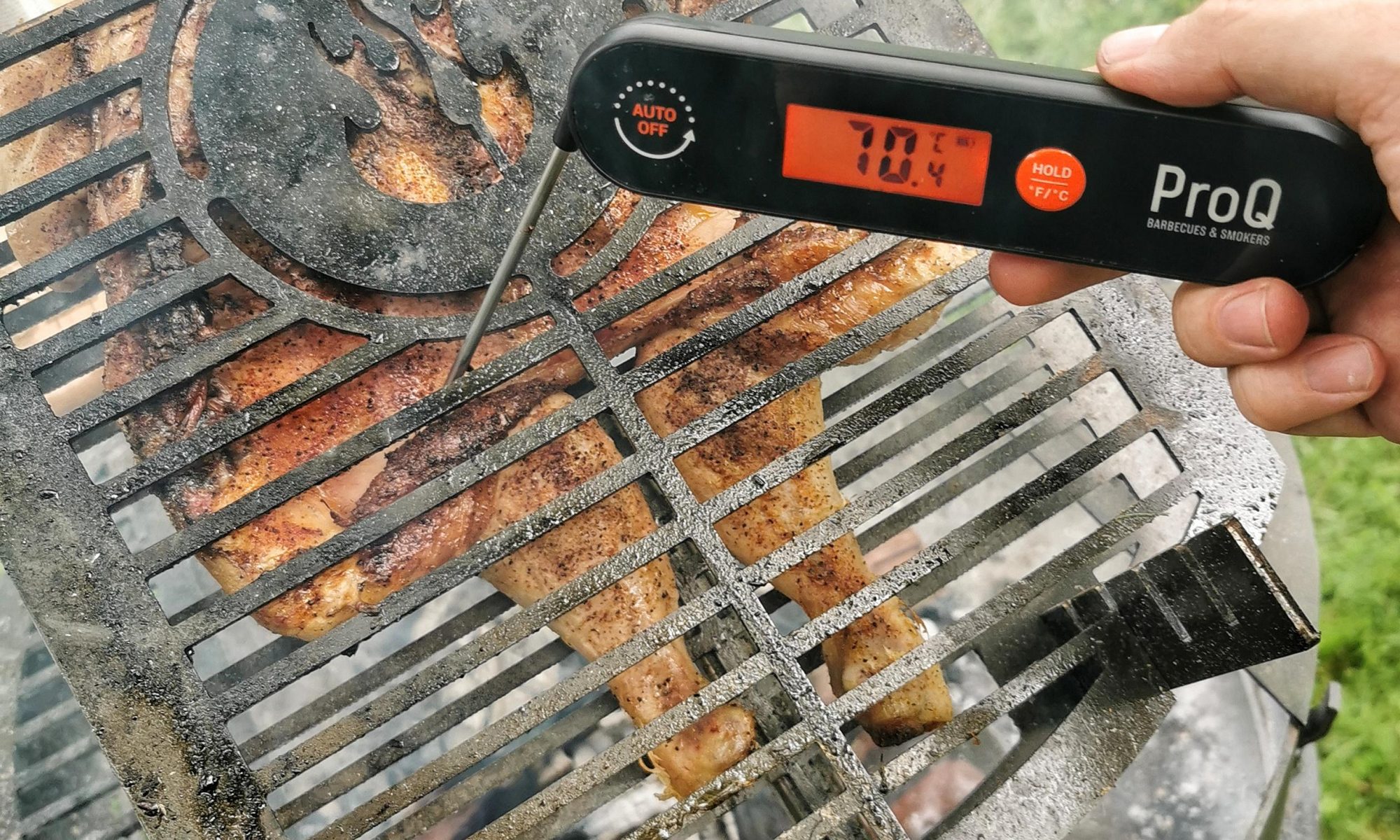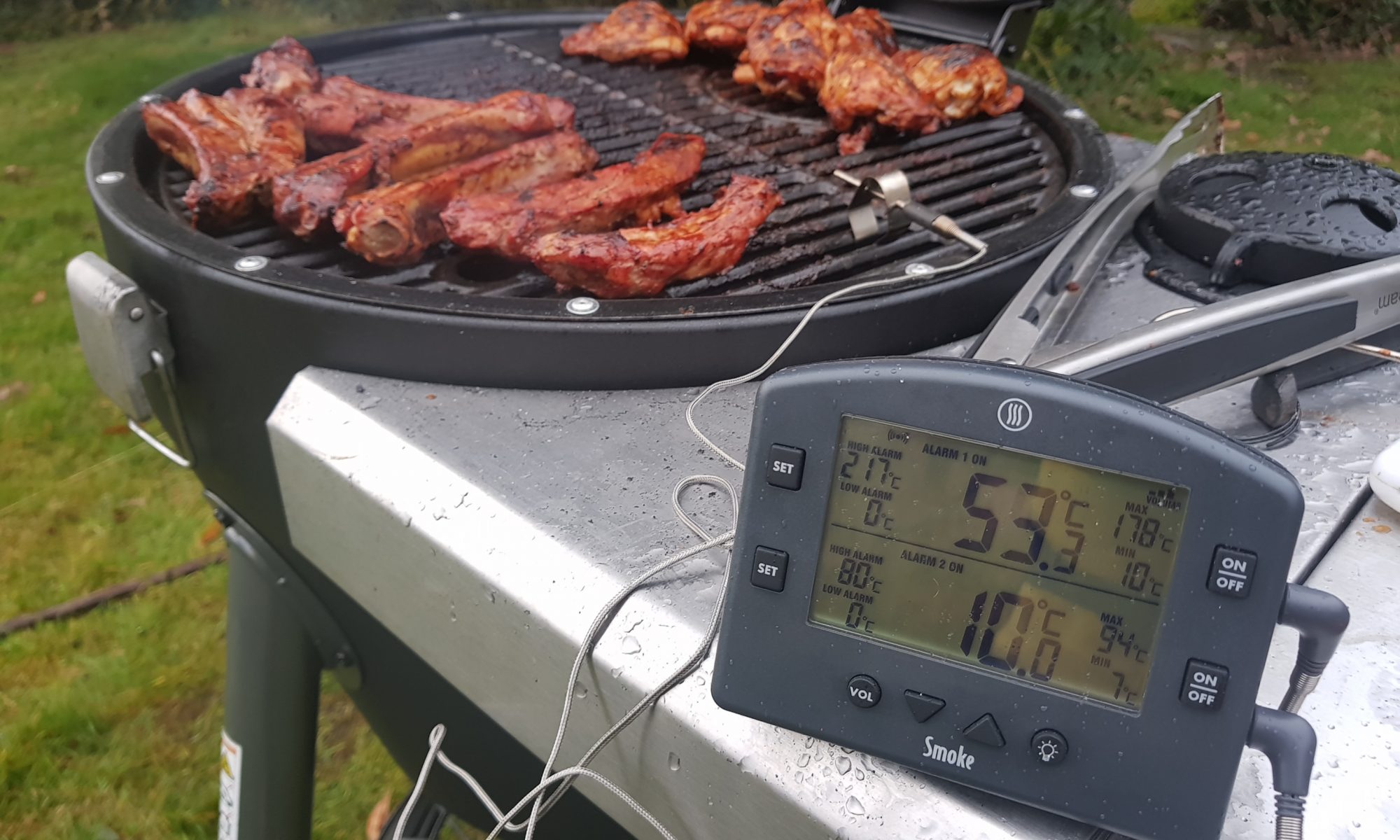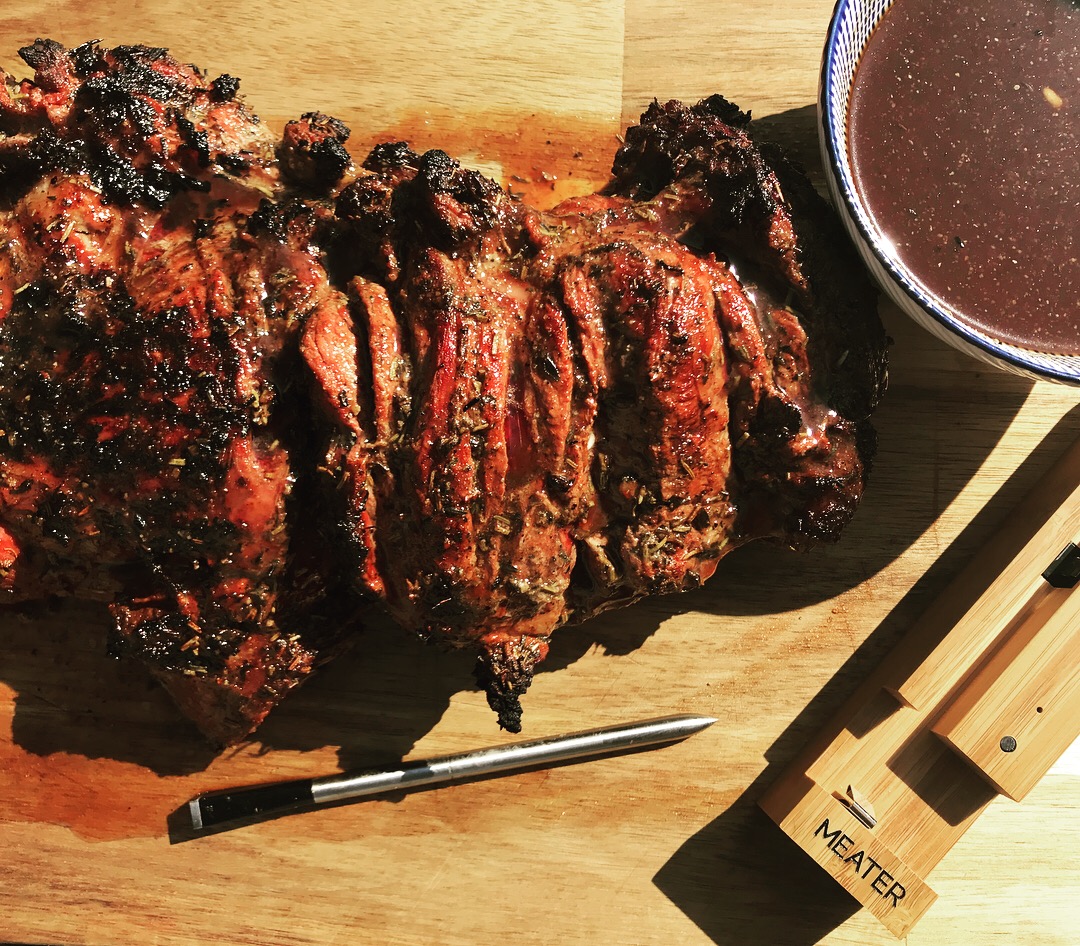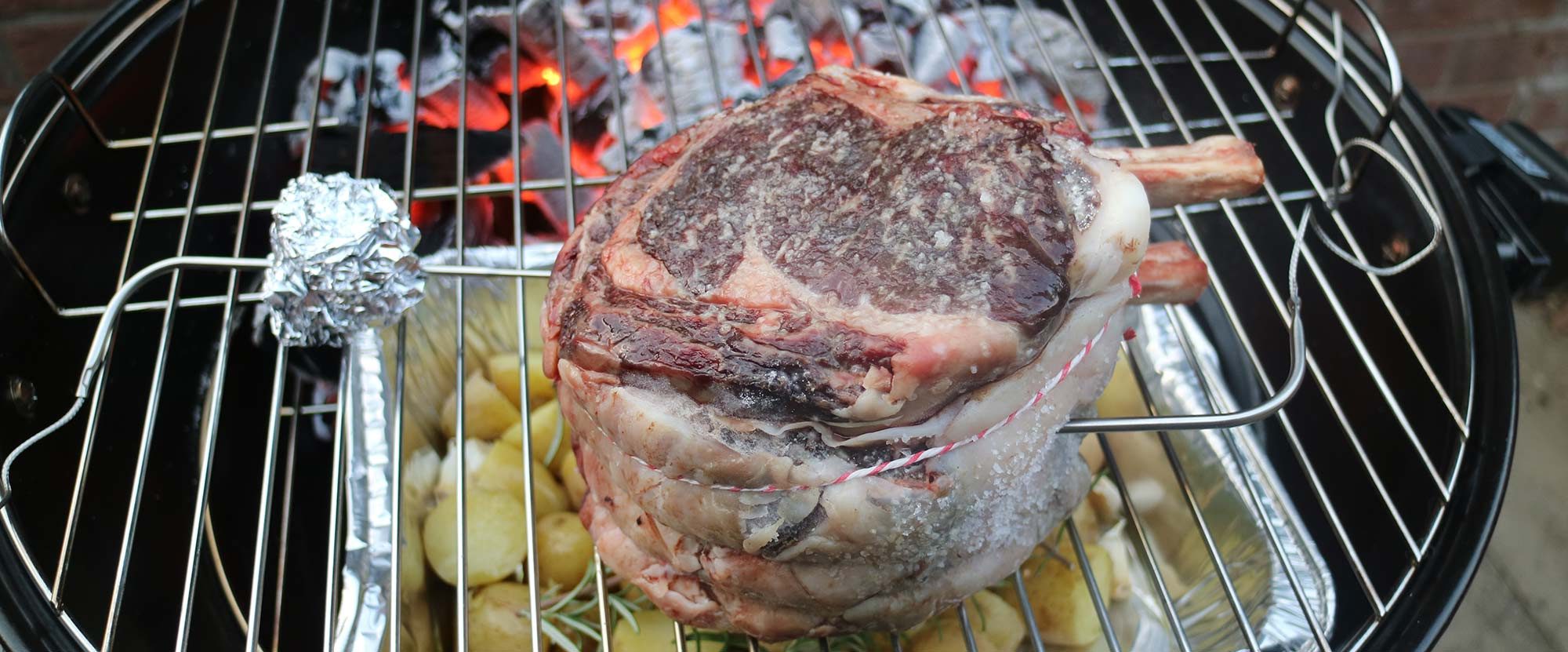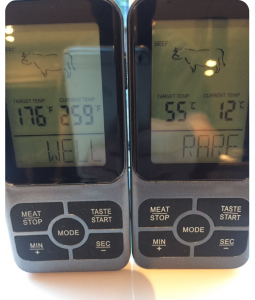If you are in the market for an instant read thermometer then there is a new option to consider from the team at ProQ. Speak to most people in the BBQ world and they will say a thermometer is one piece of equipment they would recommend again and again. And forget the old school analogue ones your parents may have used to check a turkey once a year, these are the new school digital versions giving you an accurate read out in seconds. So, whether you are grilling steaks and looking for that pink perfection or smoking a brisket and looking for that finishing temperature as well as probe tenderness, the ProQ digital probe thermometer may well be the tool you need.
Coming in at a price point of £25.99, the ProQ model lands itself in a very competitive place in the market for this type of device. Especially considering the 2 year limited warranty they are offering too.
I have been using my ProQ model for the last few months before writing this review and have to say, for the cost of the unit I have been very impressed. Straight off the top, the feature I like most is being able to easily switch between Celsius and Fahrenheit on the display by simply holding down a button. Being from an age where I learnt all my recipes and cooks from American BBQ books, I am more familiar with Fahrenheit as a measurement than Celsius. But I appreciate that some people are the opposite way so it’s easy on this unit to switch between both. The actual probe section you use for checking temperatures folds away into the handheld section, keeping it safe and out of the way; and the very tip of the of the probe narrows, meaning the holes left in your food, when checking temps, can be kept to a minimum. The thin, tip end also means the unit reads temperatures very quickly, giving you an accurate reading in around 3-5 seconds; meaning the food does not have to be kept out of the cooker any longer than necessary when making those checks. Handily, the device is also IPX5 waterproof which certainly helps with the always changing UK weather, wiping it clean or spills from cooks etc. The screen is backlit, so can be used at night or in darker places too. And another handy feature is a USB charge cable is supplied in the box, so you can always keep it topped up as it has a lithium-ion. And finally, the unit has a magnet on the back to help you keep it somewhere safe, just not somewhere hot!
At this price, the unit is definitely worth a look and will help you to know exactly what the temps are, of whatever you are cooking, meaning you know you are at a safe temperature; so you don’t need to overcook food and dry it out, and overall you will be making more enjoyable meals.
I was gifted this unit to test, but am entitled to write my own opinions on the device. The link to the product on the ProQ website is noted below.
If you have used and have any feedback on one of these units or have any questions, let us know in the comments.
https://proqsmokers.co.uk/products/proq-instant-read-thermometer

